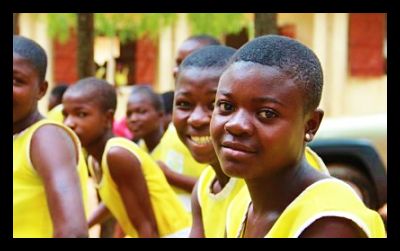Kenyan Girls Protected from Cervical Cancer

Every year, approximately 275,000 women lose their lives to cervical cancer. The vast majority of these women live in developing countries where it is difficult to access the necessary healthcare, and where the ability to screen, diagnose and treat the life-threatening cancer is rarely available. However, the fight against cervical cancer in developing countries received an unprecedented boost when the GAVI Alliance announced recently that it had guaranteed a record low price of $4.50 per dose for the human papillomavirus (HPV) vaccines.
For the first time, the GAVI Alliance will make the vaccination available to girls of a school age on a widespread scale, and at an affordable price. The GAVI Alliance has already begun their vaccination program in Kenya where cervical cancer is responsible for the deaths of more Kenyan women than any other cancer. In the past, most of the HPV vaccine programs have only been available in richer countries despite the fact that the need for these programs has always existed in developing countries. Dr. Seth Berkley, CEO of the GAVI Alliance, said that through their partnership with WHO and UNICEF, their support for HPV vaccines is “bridging the gap between rich and poor countries, enabling HPV vaccines to reach girls no matter where they live.”
The vaccine is distributed in three doses, and since Kenya has high enrollment rates among girls, schools will become the main centers for the HPV vaccines. With the support of community health workers, the treatment will also be available to girls who are unable to attend school, and who are often at higher risk of contracting the disease.
Seven other sub-Saharan countries will also receive support from the GAVI Alliance in the near future; Ghana, Lao PDR, Madagascar, Malawi, Niger, Sierra Leone and Tanzania. The GAVI Alliance estimates that by 2020, it will have immunized more than 30 million girls in 40 countries. In these countries, where access to diagnosis and treatment is seldom available, providing a preventative vaccine is the clearly preferred option. This news provides hope to millions of girls and women in developing countries who remain at risk of contracting cervical cancer.
– Chloe Isacke
Source: GAVI Alliance,Impatient Optimists
Photo: WUSC
